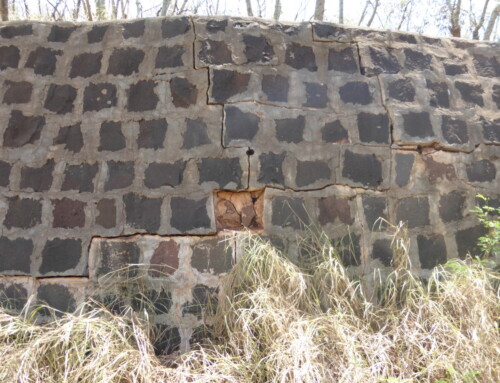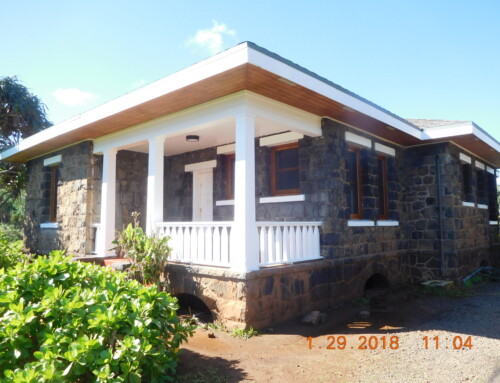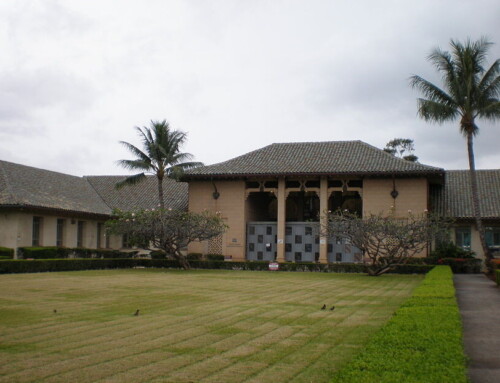If you are buying a home, especially one that is older, or have never had your wiring inspected, it is a good idea to hire a licensed electrician to inspect the wires in the house. He or she can tell you if any of the insulation has been eaten away, or if it is dried out or fraying. Don’t be alarmed if the inspection turns up code violations. Each time the electrical code is revised, old wiring is “grandfathered,” on the assumption it was installed correctly. Code only requires updates to wiring in rooms being gut-renovated.
Today’s standard household wiring is a plastic-sheathed, insulated three-wire cable. But the vintage copper wiring in many older houses works just as well as the new stuff, as long as it’s in good condition and hasn’t been altered in a way that violates code.
Other types of wiring include Knob-and-Tube, Armored Cabel (Bx), Two Wire plastic-sheathed cable, and aluminum wiring.
Knob-and-Tube is the earliest residential wiring system and was commonly used between the 1880s and 1930s. It has a cloth-covered hot wire and a neutral wire, which run parallel about a foot apart. Ceramic knobs anchor the wires to the house framing; ceramic tubes are used where wires cross or penetrate framing. Knob-and-Tube wiring cannot be grounded or spliced into a grounded circuit. Its soldered connections may melt if too much current flows through them. Therefore, it is not always capable of handling the electrical load required to operate all of the electrical appliances used in modern households.
Armored Cable (Bx) was the successor to Knob-and-Tube. A flexible steel sheath covers hot and neutral wires, which are insulated with cloth-covered rubber. The sheath provides a ground, so grounded receptacles are easy to retrofit. Sheaths must be anchored securely to a metal outlet box. Check condition of insulation every five years or so; it degrades over time or if too much current is allowed to flow through the circuit.
Another type of wiring is a two-wire plastic-sheathed cable which is an early PVC-insulated (Romex) wire. One should be aware that the plastic is easily damaged and grounded receptacles cannot be retrofitted to this wire. Finally, there is Aluminum wiring, which was used in the 1960s and 1970s as a cheap substitute for copper. It is no longer considered safe. Aluminum corrodes when it comes into contact with copper so connections loosen. This can lead to arcing and fires.
To know if you need to have your wiring replaced, a licensed electrician will need to inspect it for you. If you do replace historic wiring, make sure that the individual doing the work understands that your house is historic and that the character-defining features should be preserved. Any holes that need to be made in the walls or ceilings should be patched with material that matches the existing in color, texture and composition.
Source: http://www.thisoldhouse.com/toh/article/0,,562098-12,00.html





